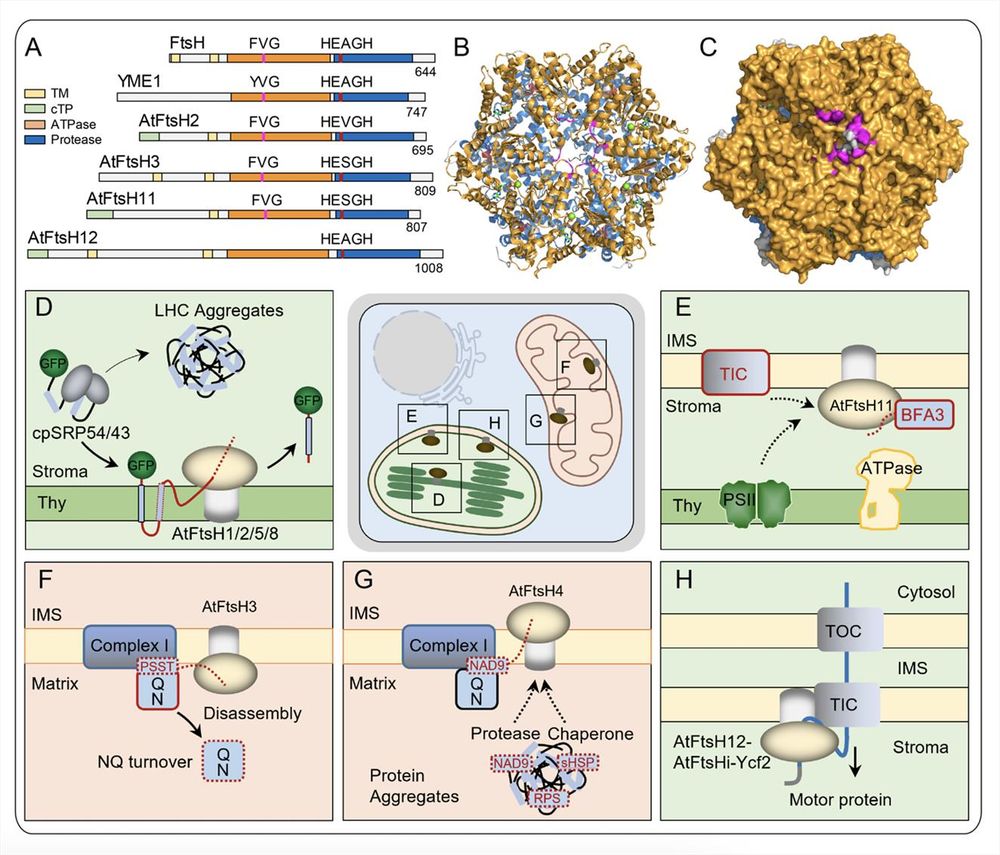SEBiology
@sebiology.bsky.social
1.8K followers
140 following
410 posts
The Society for Experimental Biology aims to promote, and increase the influence of Experimental Biology within the scientific community and Society.
www.sebiology.org
Posts
Media
Videos
Starter Packs
Pinned
Reposted by SEBiology
Reposted by SEBiology
Reposted by SEBiology
Reposted by SEBiology
Reposted by SEBiology
Reposted by SEBiology
Reposted by SEBiology
Reposted by SEBiology
Reposted by SEBiology
Reposted by SEBiology
Reposted by SEBiology
Reposted by SEBiology


























